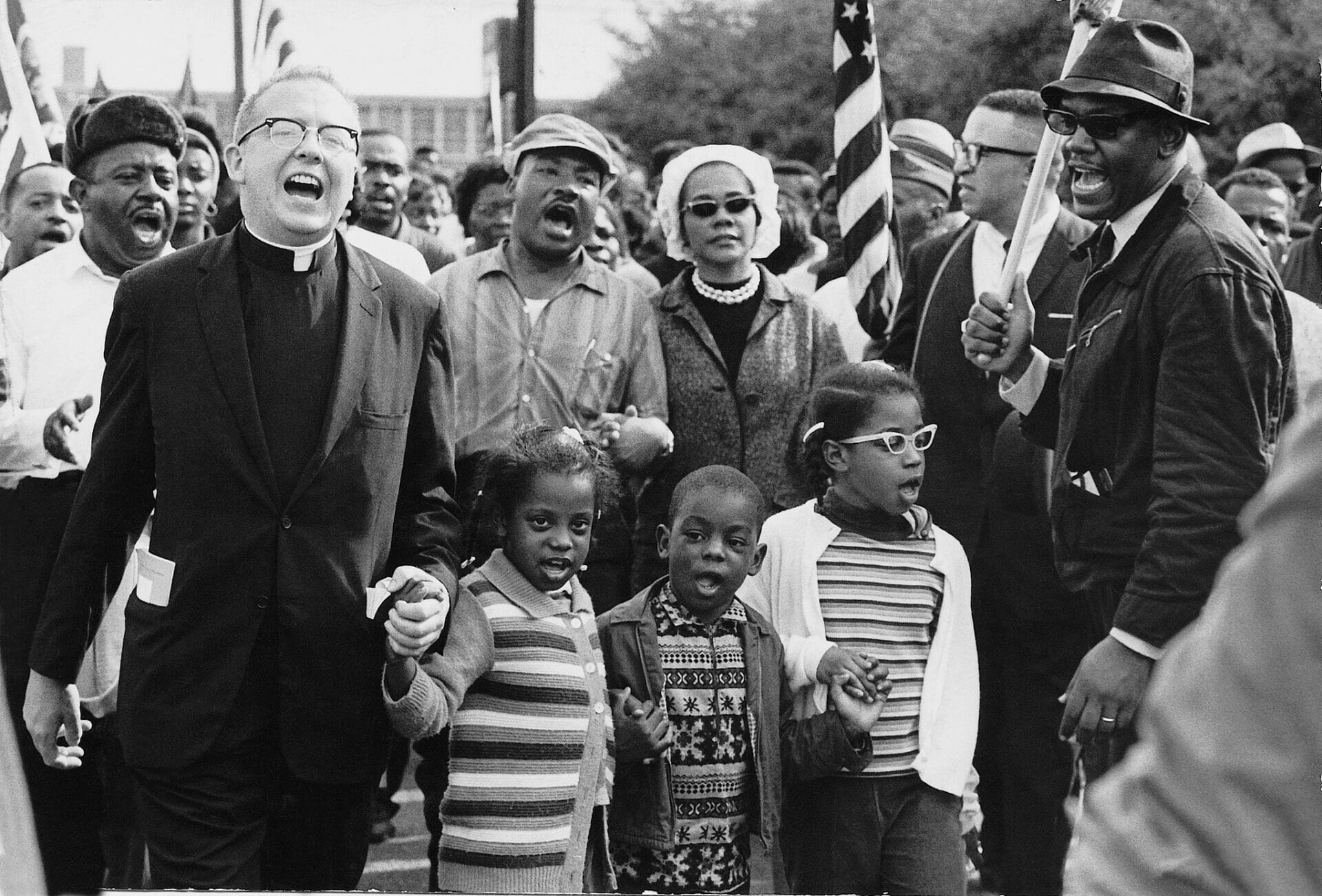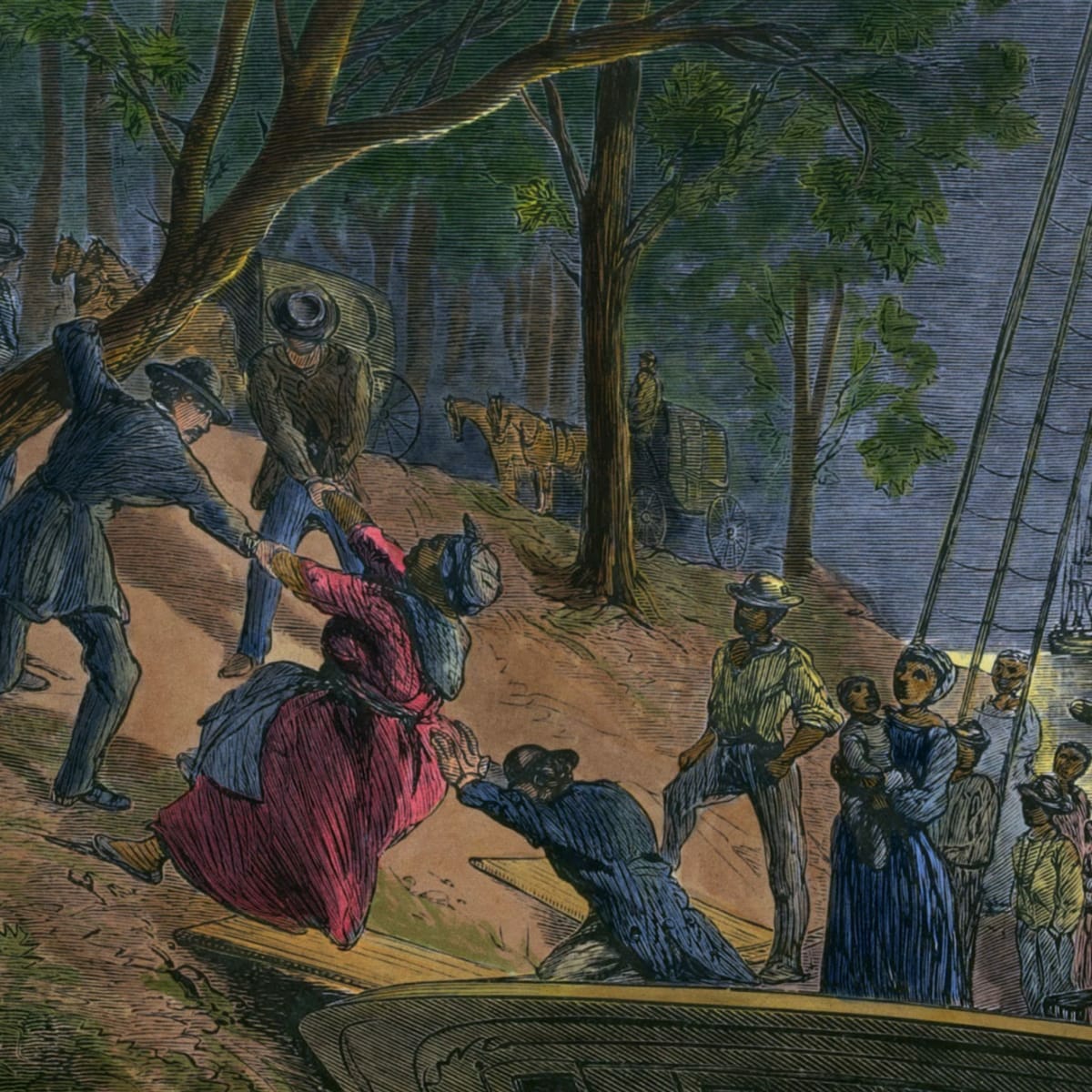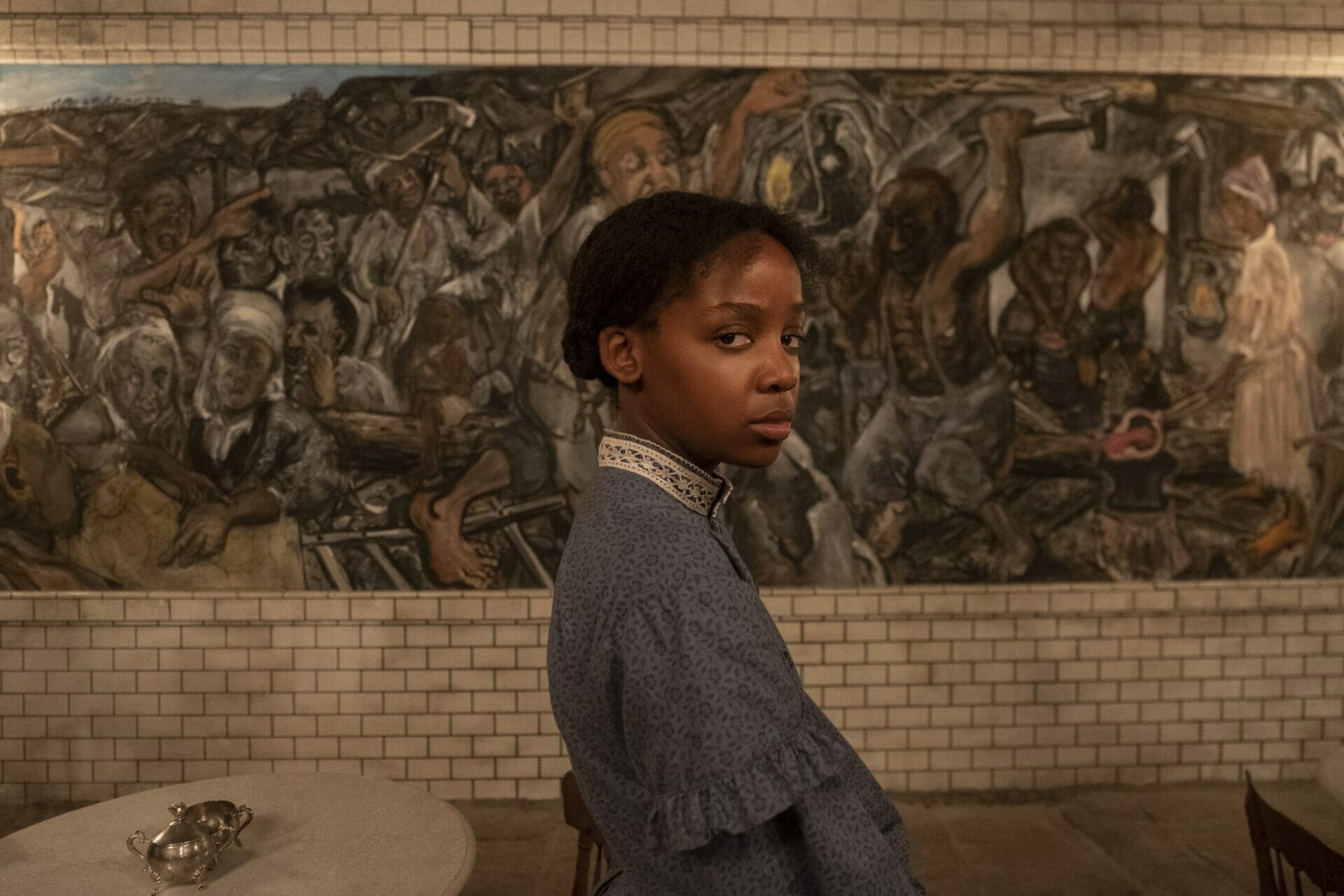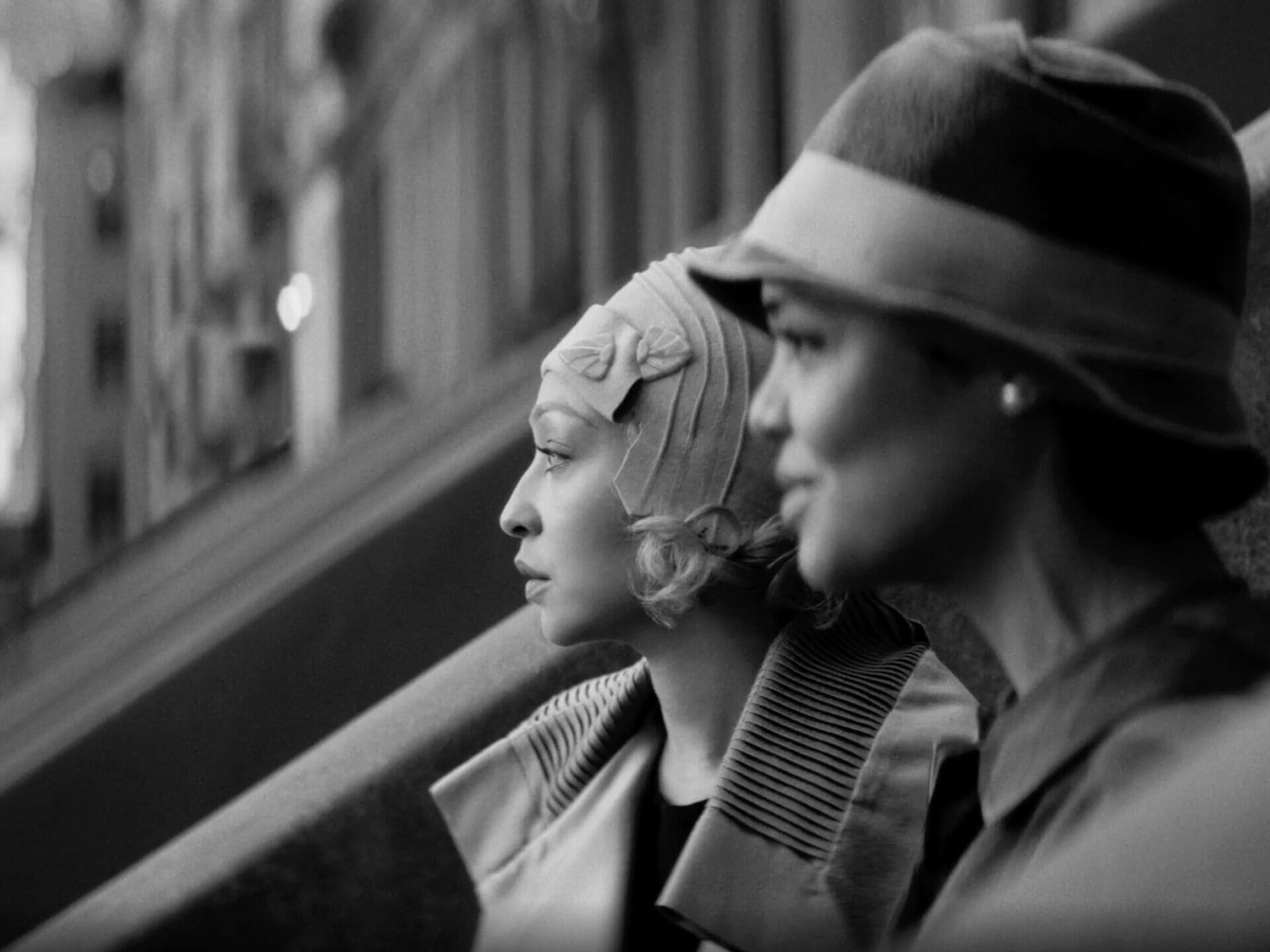
Passing | On Racial Passing and Racial Identity
Year
Runtime
Director
Cinematographer
Production Designer
Music by
Format
Genre
Passing by Rebecca Hall opens with a sweltering hot day in 1920s New York City. Two white women walk into a store. They refer to a Black doll. One says to the other: “Look at that precious little pickaninny one. That, she’ll love”. The other woman turns to stare at her and replies: “She’s never even met a colored who didn’t work for us. Thank heavens”. Suddenly, a store employee drops some toys and the two women bend down to help him. In doing so, they leave the Black doll on the floor. A third dark-haired woman gently picks it up and hands it to the ladies. Just a moment later the viewer clearly sees the woman in question. She is a Black woman, Irene Redfield, played by Tessa Thompson.
One of the most alluring gifts of the cinematic language is its power to encapsulate an entire story in a single gesture. And Rebecca Hall, with this opening scene, does not just give that to the viewer. In that one act performed by Irene – only seemingly meaningless – Hall sums up the very central theme of the movie: the practice of racial passing.
- On Opposite Sides of “The Color Line”
- Passing as White
- A Personal Movie
- The Choice of Black-And-White and Format
- Present Conversations
On Opposite Sides of “The Color Line”
Passing is an adaptation of the 1929 novel of the same name by Nella Larsen, one of the leading personalities of the Harlem Renaissance. The movie tells the story of the unexpected reunion of two old friends: Irene Redfield (Tessa Thompson) and Clare Kendry (Ruth Negga). They are both light-skinned Black women. Yet, there is one key difference between them. While Irene identifies as African-American and married a Black doctor (André Holland), Clare passes as white and married a rich white man (Alexander Skarsgård) who is unaware of his wife’s racial background and is even racist. The reunion between Irene and Clare triggers a psychological spiral of conflicts, tensions, projections, fears, and lies. The two women – and the viewer as well – will find themselves questioning the very concept of identity.
Passing marks the feature directorial debut of British-American actress Rebecca Hall, who also wrote the screenplay. Released on Netflix in November 2021, it premiered at the 2021 Sundance Film Festival. For her performance as Clare, Ruth Negga earned a nomination for Best Supporting Actress at the 79th Golden Globe Awards.
Passing as White
Passing is a centuries-old practice in US history. Although the most commonly discussed instances of passing are the ones related to racial identity, its meaning is much broader and, at large, can refer to any form of concealment of one’s identity or part of it. Indeed, passing can also include social class, gender, sexual orientation, or religion, to name a few. Hence, from a sociological point of view, passing is usually a form of self-protection. It implies social acceptance and legal security as one enters a group in a position of power over the one of origin.
Historically, many Black people and individuals of multi-ethnic ancestry opted to “pass” as white by crossing “the color line”. In this way, they could uplift their social status, legal standing, and economic opportunities, gaining benefits that would otherwise have been denied them. Passing became especially frequent during racial segregation and the Jim Crow era. Passing was a way for Black people to mix with white Americans in an attempt to escape slavery and the daily discrimination, humiliation, and violence.
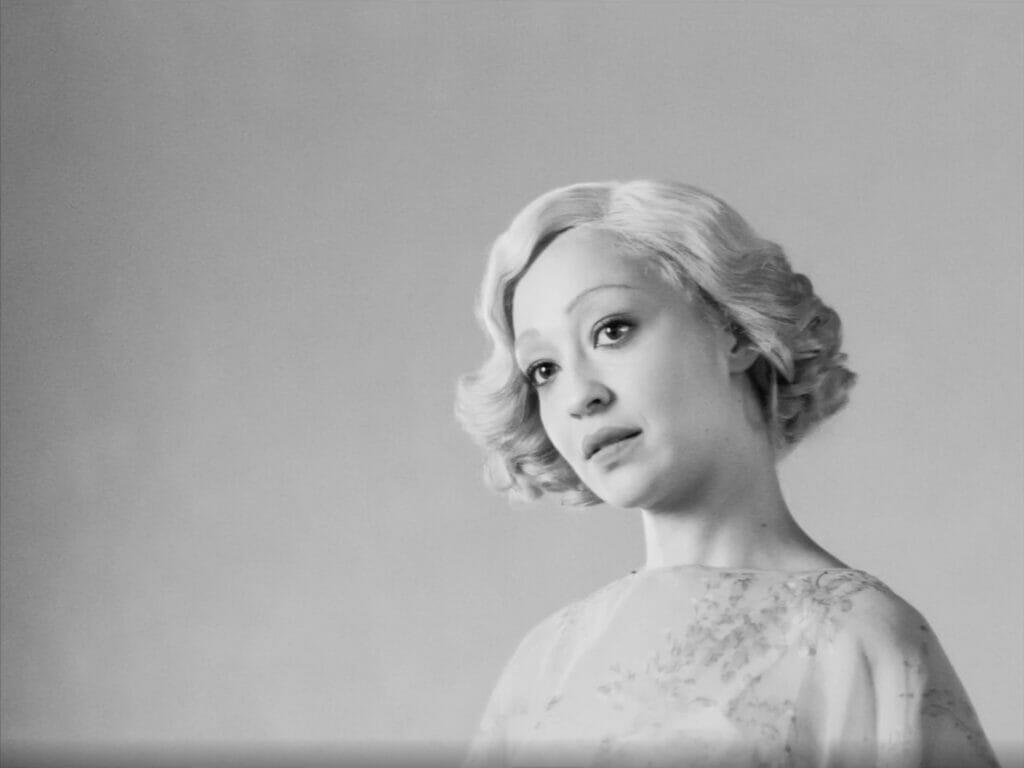
A Personal Movie
I began to think about how racial passing is representative of the American dream, in the sense that you can be self-made and turn yourself into something else, but also representative of the lie at the center of the American dream, which is that you only get to [participate] if your complexion is a certain color.
Rebecca Hall in an interview with the Los Angeles Times
For Rebecca Hall, Passing signifies more than her first directorial effort. Indeed, Hall’s family history has a personal connection with it. This is because Hall has biracial roots. Her maternal grandfather was a light-skinned Black man who passed as white for much of his life. So, as she explained to the Los Angeles Times, making the movie has been a way of coming to terms with how she formed her own identity.
The Choice of Black-And-White and Format
Passing is a work of art curated in every detail. First and foremost, the choice of shooting the movie in black-and-white. Not only does this choice bring Passing closer to the tradition of old noir movies, but it helps convey the message of the story in a more effective way. Indeed, the B&W helps draw the viewer’s attention to how culturally and historically we have been led to perceive race. What’s more, Eduard Grau‘s cinematography shifts between these two contrasts all the time, playing with the two colors and their nuances and finally merging into a predominant grayscale. In the beginning, the light is intense, almost blinding, and makes both women appear as white women. However, as the story goes on and Irene and Clare’s worlds blur, forcing them to ask themselves “Who am I?”, the light turns more complex and breaks the balance.
The choice to shoot the movie in a 4:3 aspect ratio is also meaningful. For it is a particular aspect ratio that spotlights the faces of the characters on the screen. It helps the viewer to immerse themselves in the inner world of the main characters. In addition, it lets one focus exclusively on emotions. Finally, it also serves to convey the sense of being trapped experienced by Irene and Clare. A “narrow” aspect ratio for a movie that, in a way, tells us about the narrow space two women occupy in society.
Passing is far from the only movie to experiment with aspect ratio. Examples of other modern movies that use an unusual aspect ratio include Xavier Dolan‘s Mommy, Robert Eggers‘ The Lighthouse, and Wes Anderson‘s The Grand Budapest Hotel.
Present Conversations
The theme of “passing” over the years has been a source of inspiration for literature and movies. Some of the books that dealt with the matter are Pudd’nhead Wilson (1894) by Mark Twain; The House Behind the Cedars (1900) by Charles W. Chesnutt; The Autobiography of an Ex-Colored Man (1912) by James Weldon Johnson; Light in August (1932) by William Faulkner; Caucasia (1998) by Danzy Senna; and The Human Stain (2000) by Philip Roth. Among the movies are Pinky (1949) by Elia Kazan; Imitation of Life (1959) by Douglas Sirk; or Illusions (1982) by Julie Dash.
Today some visual narratives have revolved around the theme of racial passing in new ways. Such as Spike Lee‘s BlacKkKlansman (2018) and Boots Riley‘s Sorry to Bother You (2018) with their use of “linguistic passing”. Lastly, Donald Glover also dealt with passing in “Teddy Perkins”, the sixth episode of Atlanta‘s second season. Glover played the titular character in whiteface. Notably, these recent narratives also break with a tradition of Hollywood movies that portrayed racial passing in stereotypical ways. Today, more and more Black artists are using the theme of passing as an effective political vehicle to expose systematic racism and more.
In the end, Rebecca Hall’s Passing is also a key innovation that adds a new and different approach to the topic. It is a movie that reflects deeply not only on racial identity but also on gender and femininity. It also, from a broader perspective, appeals to the viewer by creating conversations around what it means “to be seen”; about how someone’s inner reality might not match the way they try to be seen. In doing so, Passing also demonstrates its ability to synchronize with the present and the current debate by creating more inclusive and fluid narratives.
Tag
Buy a ☕ for Hypercritic







